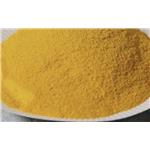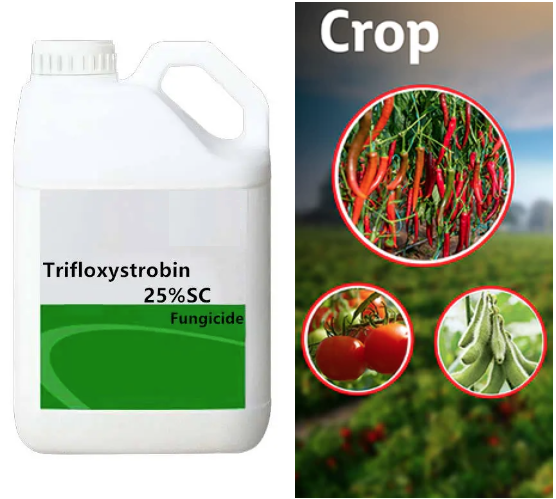The Thioflavin T assay
Introduction
Thioflavin T (ThT) is a commonly used probe to monitor vitro amyloid fibril formation. Upon binding to amyloid fibrils, ThT gives a strong fluorescence signal at approximately 482 nm when excited at 450 nm. The mechanism of fluorescence enhancement upon binding to amyloid has been attributed to the rotational immobilization of the central C–C bond connecting the benzothiazole and aniline rings.

History
In 1959, Vassar and Culling demonstrated the potential of fluorescent microscopy for amyloid fibril diagnosis in a pioneering report on amyloid-specific fluorescent stains[1]. They were first to describe using the benzathiole dye Thioflavin-T (ThT) as a potent fluorescent marker of amyloid in histology. Research conducted in the late 1980s and early 1990s was critical in expanding the range of applications of ThT from histology to in vitro characterization. Naiki et al. and LeVine were among the first to thoroughly characterize the fluorescence spectra and binding properties of ThT. They demonstrated that, upon binding of fibrils, ThT displays a dramatic shift of the excitation maximum (from 385 nm to 450 nm) and the emission maximum (from 445 nm to 482 nm) and that ThT fluorescence originates only from the dye bound to amyloid fibrils.
Experimental Process
ThT was dissolved in PBS buffer and filtered through a 0.2 µm syringe filter. The concentration of thioflavin T was then determined using an extinction coefficient of 36 mM−1 cm−1 at 412 nm[2].
For the measurement of ThT fluorescence without proteins, various concentrations of ThT were prepared in PBS using serial dilution. Forty microlitres of ThT sample at each concentration was transferred to a black 384-well Nonbinding Surface microplate with a clear bottom. The ThT fluorescence was measured at room temperature (approx. 24°C) using a Victor 3 V plate reader through the bottom of the plate with an excitation filter of 450 nm and an emission filter of 490 nm.
To measure ThT fluorescence in the presence of amyloid fibrils, various concentrations of sonicated Aβ40, Aβ42 and Ure2 fibrils were also prepared using serial dilution. Then, 20 µl of ThT was mixed with 20 µl of sonicated fibrils to achieve the desired concentrations of ThT and amyloid. Fluorescence measurements were performed as described above.
References:
[1] MATTHEW BIANCALANA S K. Molecular mechanism of Thioflavin-T binding to amyloid fibrils[J]. Biochimica et biophysica acta. Proteins and proteomics, 2010, 1804 7: 1405-1564. DOI:10.1016/j.bbapap.2010.04.001.[2] CHRISTINE XUE. Thioflavin T as an amyloid dye: fibril quantification, optimal concentration and effect on aggregation.[J]. ACS Applied Bio Materials, 2017. DOI:10.1098/rsos.160696.
You may like
See also
Lastest Price from Thioflavin T manufacturers

US $1.00/KG2025-04-21
- CAS:
- 2390-54-7
- Min. Order:
- 1KG
- Purity:
- 99%
- Supply Ability:
- 10 mt

US $0.00-0.00/kg2025-04-11
- CAS:
- 2390-54-7
- Min. Order:
- 1kg
- Purity:
- 99%
- Supply Ability:
- 20tons


